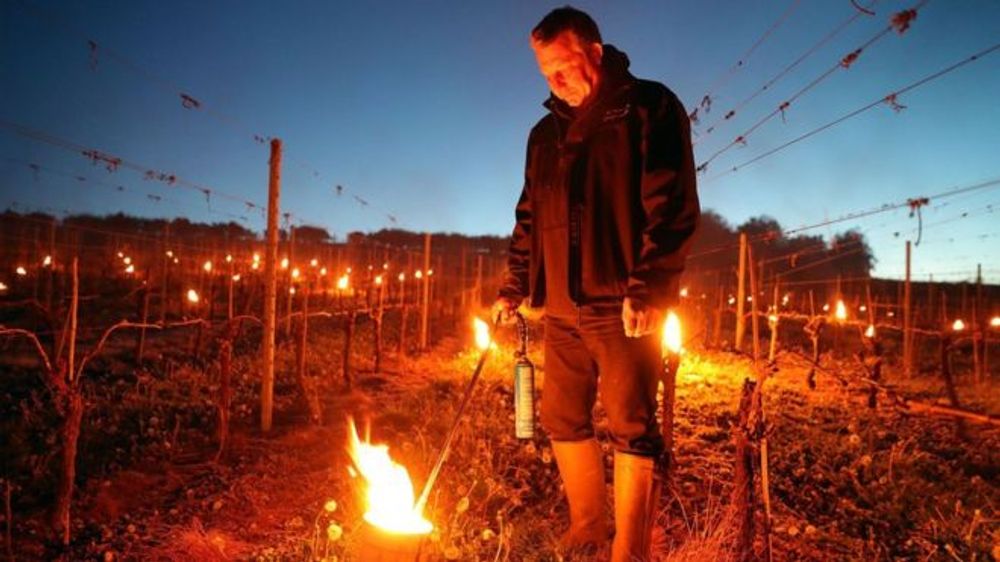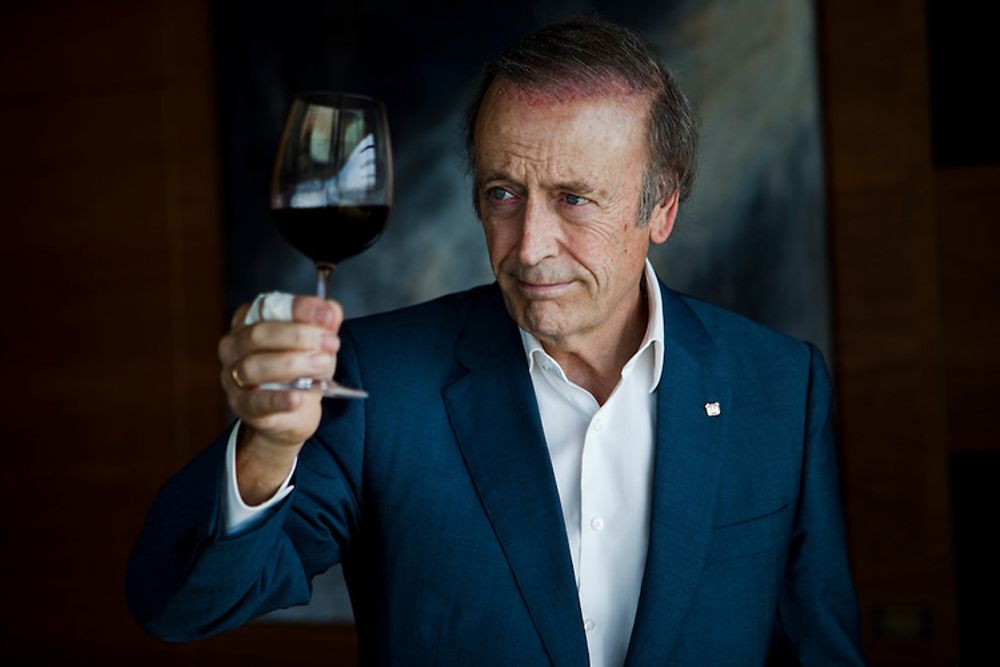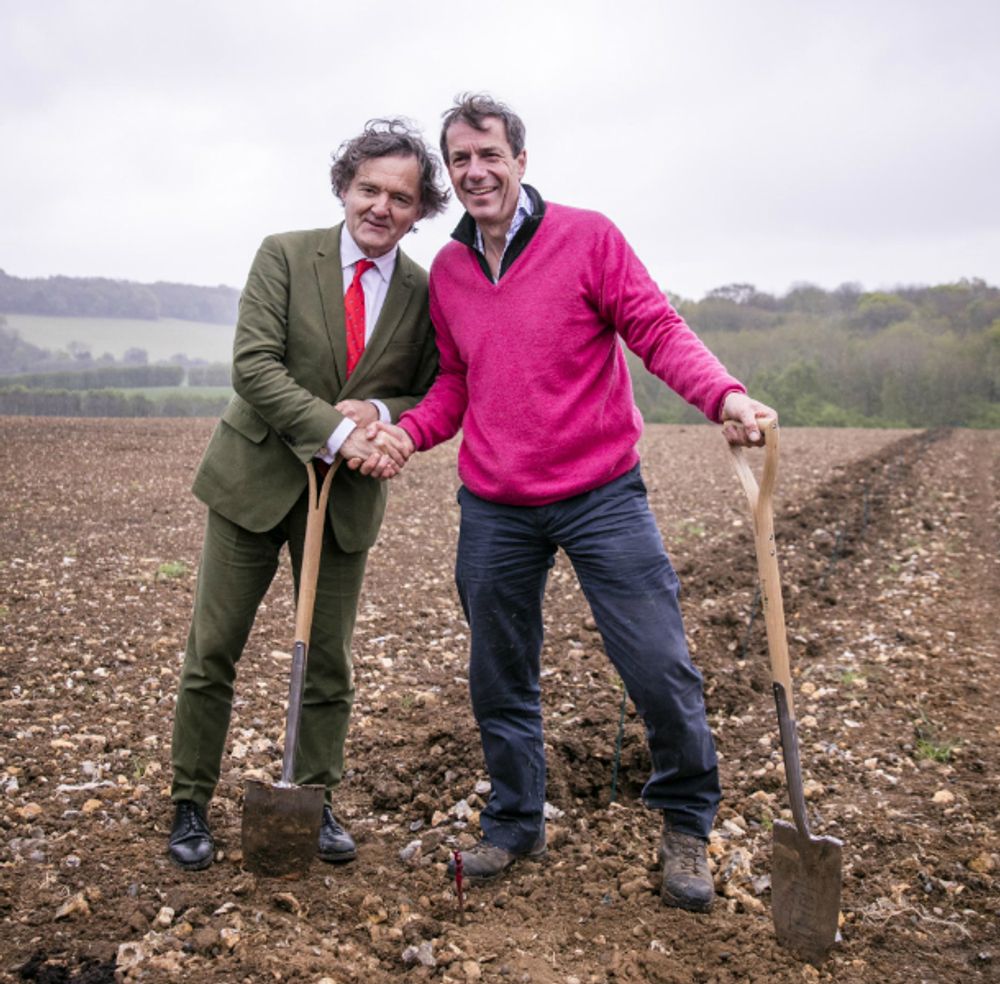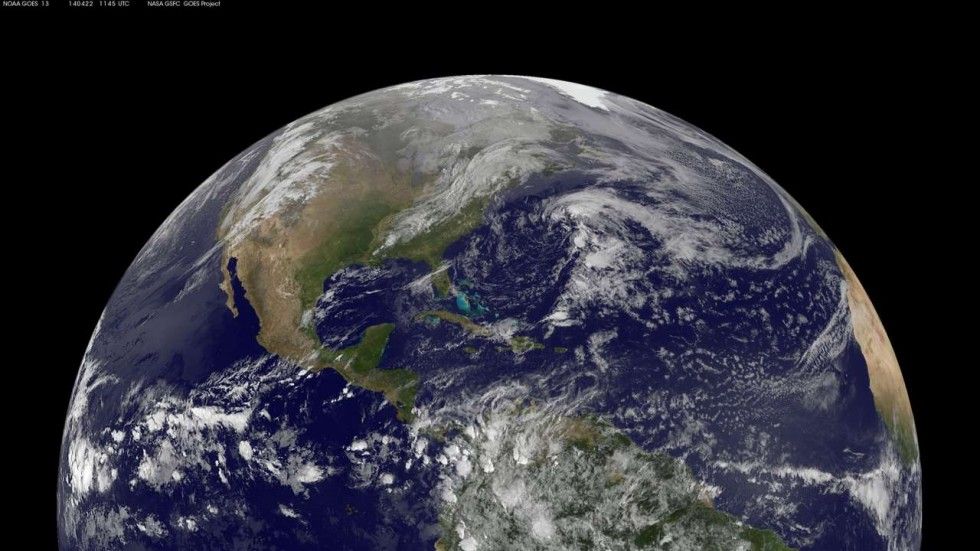Miguel Torres and Gaia Gaja are two of the world’s leading wine figures who will be addressing the issue of climate change at this month’s Vinexpo.
Before the 2008 global recession you could not open a newspaper or watch an advertising break on television without being bombarded with messages about how different brands, retailers and businesses were addressing climate change with their green policies. Remember good old David Cameron when Number 10 was still a twinkle in his eye taking to the Artic circle with a pack of huskies to demonstrate how he and the Conservatives were going green?
The wine industry itself was taking the lead with a series of international conferences organised by Spanish wine consultant, Pancho Campo, that brought producers and experts from all over the world to his various events under the Climate Change and Wine banner. It even attracted world figures such as former US vice president at the time, Al Gore, and Koffi Annan, secretary general of the United Nations.
It also saw of the industry’s biggest names and leading names in winemaking, like Michel Rolland and Jacques Lurton, and biggest influencers like Jancis Robinson MW and Oz Clarke share their expertise and spread the word about the steps the wine industry was taking.
But with the global recession there were too many pressing issues to worry about and the whole issue of climate change has returned to the winery and vineyard where winemakers and viticulturists are still handing the issue but very much away from the world agenda.
Back on the agenda
Vinexpo Bordeaux hopes to change all that at this month’s event where it hopes to bring climate change back to the attention of its 50,000 plus wine and spirits visitors. And no wonder. Climate change is impacting wine regions worldwide and there are fears in some circles that as much as 73% of today’s wine-growing land will be lost to climate change by the year 2050. A figure that should arguably make this the number one issue in the world.

This has been the situation for a lot of producers in northern Europe this spring as frost has had widespread damage
The impact of climate change is there to be seen now. The global wine industry is having to face up to a lot less wine to go around as a result of bad weather in 2016 in most wine producing regions hitting vintages and crop sizes the world over. Overall the OIV estimates there was around a 3% drop in wine production in 2016, but the figures are far worse in countries such as Argentina (29% down) and Chile (21% down) or regions of France like Burgundy with average losses of around 40% with some parts faring even worse.
All of which has put pressure on the global wine supply chain with grape prices going up in some areas and retail and wholesale buyers switching where they buy their wine from.
The first day of Vinexpo on June 18 will look to re-address the issue with a panel debate featuring winemakers, scientists and climate policy experts in a session entitled Fire and Rain: Climate Change and the Wine Industry. They will look specifically at how climate change is likely to change the world map of wine and where the potential winners and losers are going to be.

Miguel Torres, president of Miguel Torres S.A, has become one of the industry’s leading experts on climate change
It will include: John P. Holdren, former senior advisor to President Barack Obama, Harvard physicist, and a leading international expert on energy and climate change; Miguel A. Torres Sr, president and managing director of Bodegas Torres in Pacs del Penedes, Spain; Gaia Gaja, co-owner of Gaja Winery in Barbaresco, Italy; and Kathryn Hall, former US Ambassador, international trade advisor and proprietor of Napa Valley’s Hall Vineyards – one of the world’s only LEED (Leadership in Energy and Environmental Design) gold-certified wineries.
Rising temperatures
Key issues to be addressed will include the impact of slight temperature changes in parts of the world where already just one more degree higher in temperature can have a major impact on vines and how grapes mature. It can certainly can make the difference between a bad harvest and a good one.
“Even small changes in average temperature and rainfall can greatly affect production,’ said Vinexpo chief executive Guillaume Deglise. “This will be an invaluable forum for the wine community to learn, share their challenges, and develop strategies to succeed.”
The debate will look at the future of Mediterranean Europe, especially Italy, Greece and southern France, where some experts predict the weather could make grape growing impossible in future decades. Some regions, like South Africa, Australia and New Zealand, may need to shift toward warmer season grapes.

Argentine producers are already picking their grapes earlier in the year
Recent years we have seen Argentine and Chilean producers talking about picking earlier, sometimes by up to a month to ensure they get the right quality and freshness in their wines. It is a similar story the world over with producers talking about big differences in when they now bring their grapes in for harvest. Burgundy, for example, used to always traditionally harvest from mid-October onwards, but is likely to be now done and dusted by the end of September.
2017 has again brought its problems with large parts of northern Europe hit by decimating frosts stretching from northern Spain, through northern Italy, most of France, with Bordeaux being hit for the first time in decades, right up to England where there have been widespread bud and frost damage.
If it results in another year of reduced harvests it will be a knock on effect to the poor 2016 New World harvests and will have a further impact on grape prices.
Winners and losers
The debate will also be an opportunity to throw the spotlight on countries such as England that is fast becoming a key wine producing country. It might be struggling from frost for the 2017 vintage but it is bouncing along from four record harvests and news that a further one million more vines are to be planted over the next 12 months.
They are not only introducing new wine to the market, but also succeeding with varietals that were previously not thought possible to be grown so far north, particularly the classic “Champagne” grapes to varietals like Bacchus.

Pierre-Emmanuel Taittinger and Hatch Mansfield’s Patrick McGrath planting the first vines at Domaine Evremond
It is no wonder that major Champagne houses such as Taittinger are now planting their own vines in England with its joint venture with UK distributor, Hatch Mansfield, in Kent at Domaine Evremond.
Where England is succeeding today, climate change might mean that we can look forward to Swedish and Scottish wine in the future.
There is even a multibillion-dollar project underway to transform China’s Ningxia desert region, 500 miles west of Beijing, into a major wine region – more than doubling its 80,000 acres of vineyards to an area three times the size of California’s famed Napa Valley.
- The Fire & Rain: Climate Change and the Wine Industry debate (being held in partnership with Wine Spectator) takes place on June 18 between 3pm-5pm in the main forum area. It is free to attend and for more details contact pmarchais@vinexpo.com.
Fire & Rain: Climate Change and the Wine Industry
































